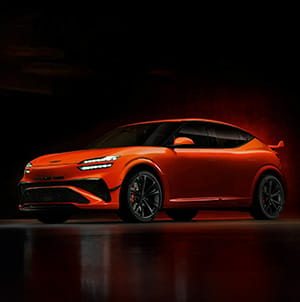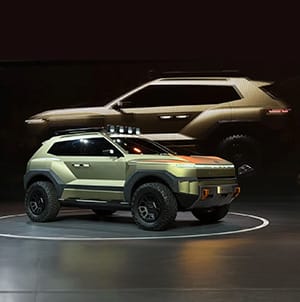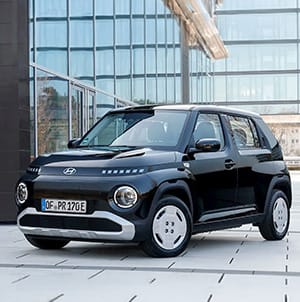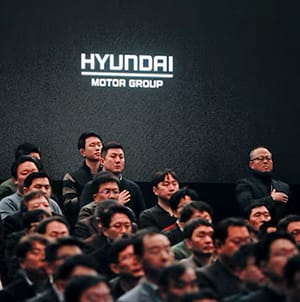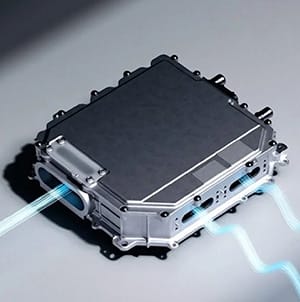Hyundai Worldwide Global Navigation
- Go to Global Distributors page
- KR
-
SearchRecommended search terms
Hyundai Motor Group (the Group) today unveiled MobED (Mobile Eccentric Droid), its first mass-produced mobility robot platform developed by Hyundai Motor Group’s Robotics LAB, at the International Robot Exhibition 2025 (iREX 2025) in Tokyo, Japan.
Hyundai Motor Company has signed a landmark Memorandum of Understanding (MoU) to co-develop a maritime fuel cell system.


